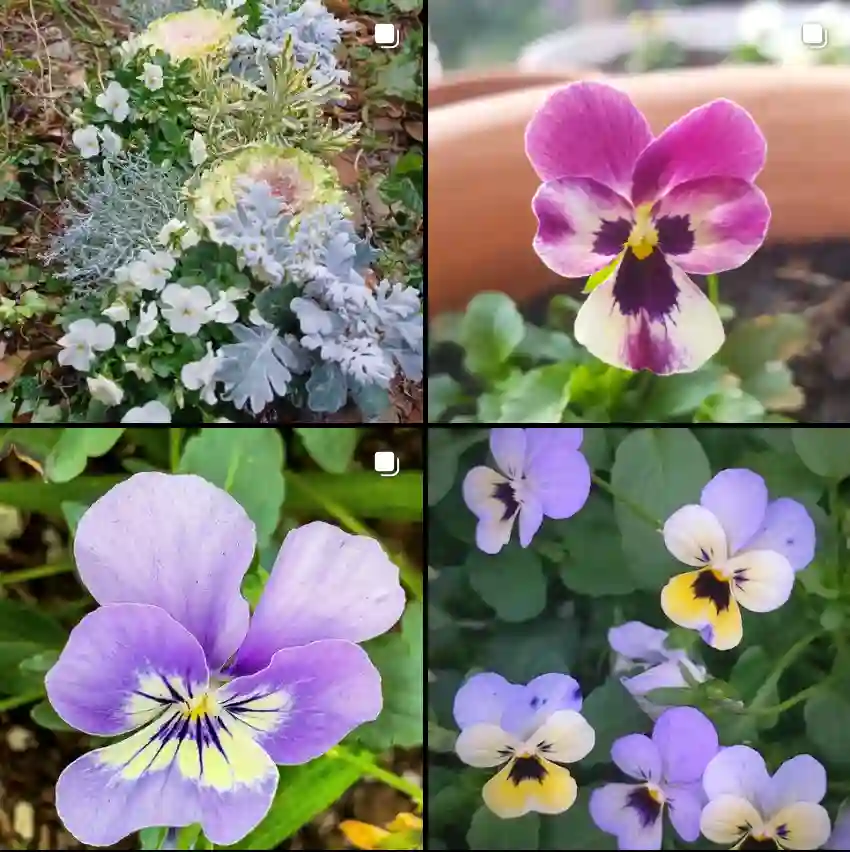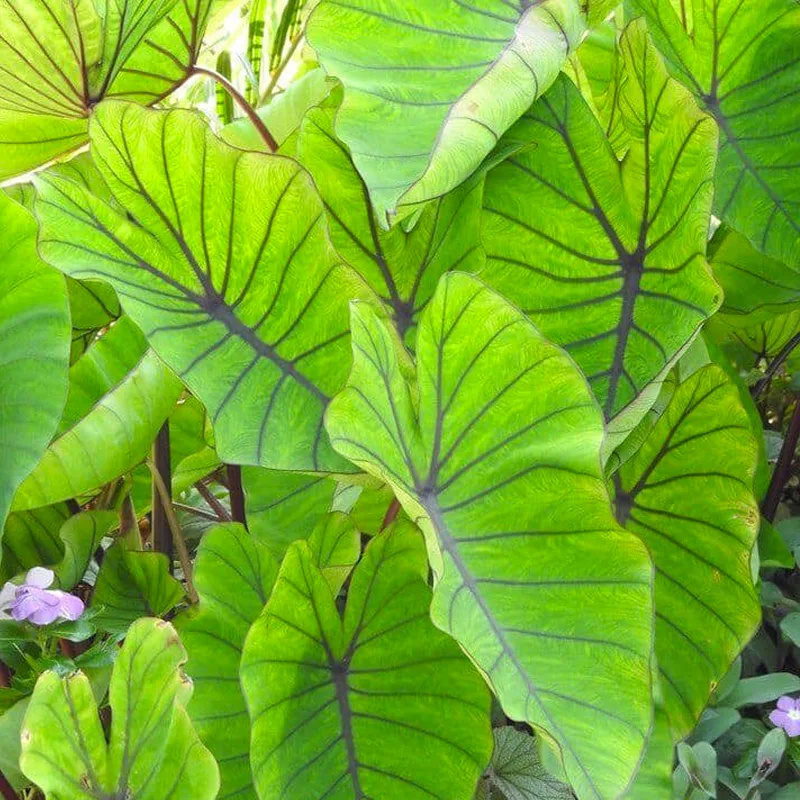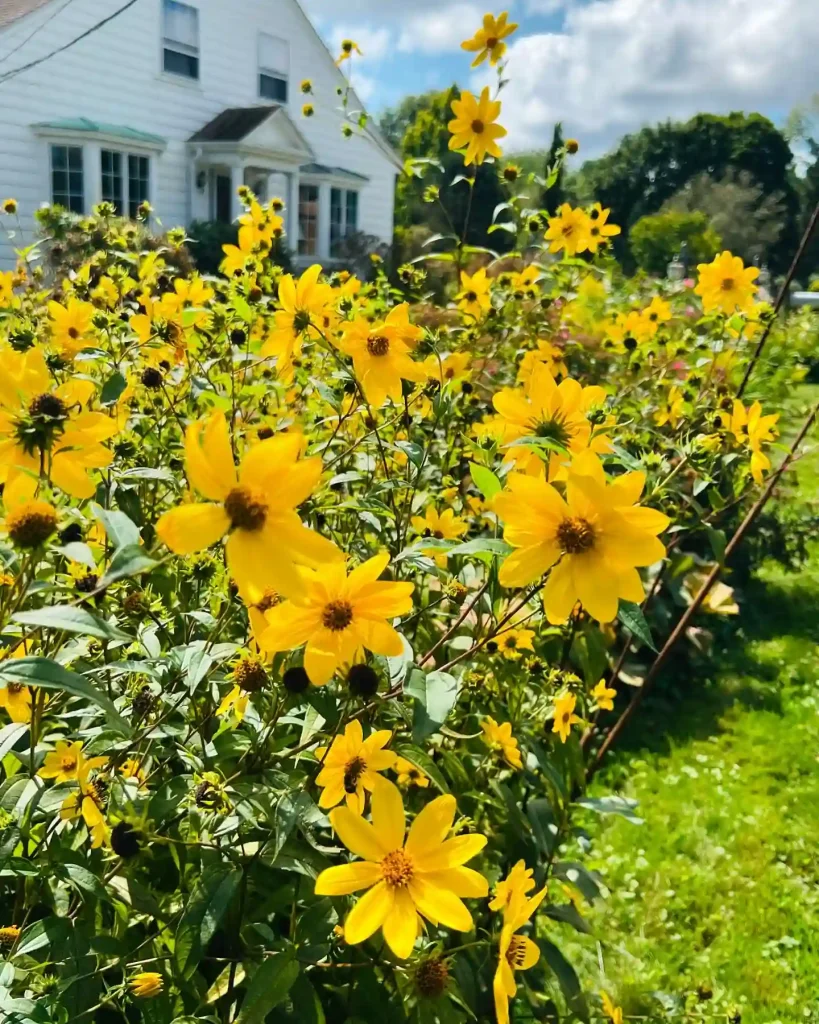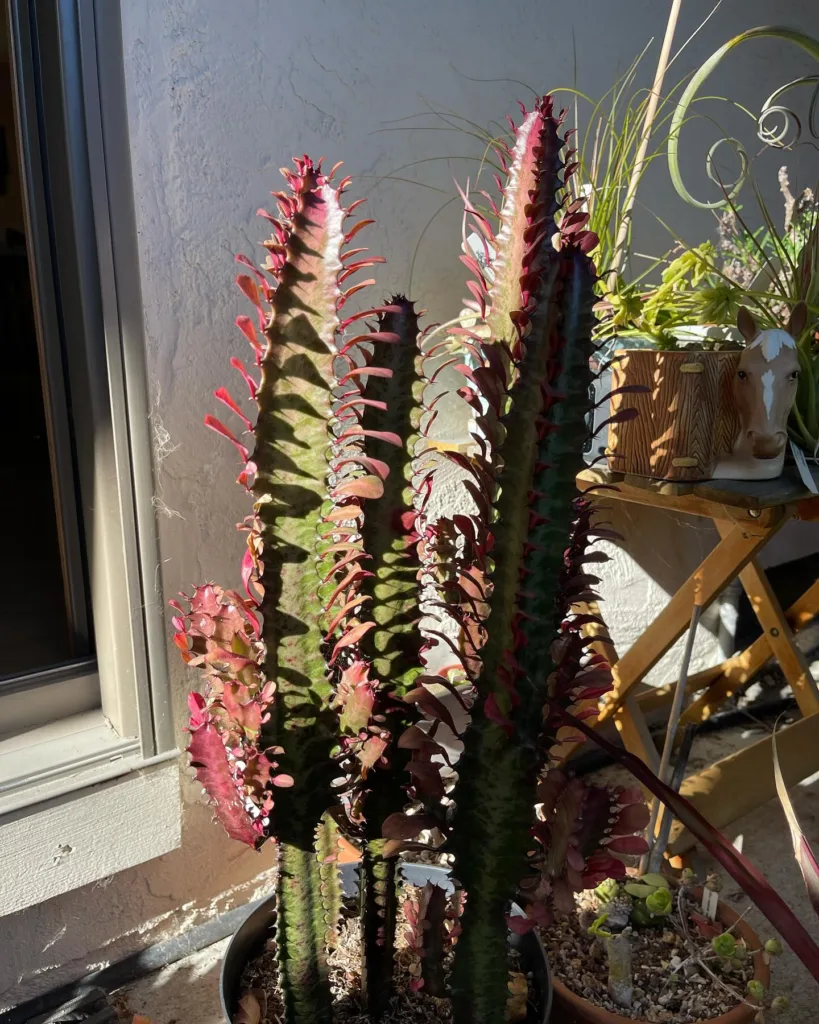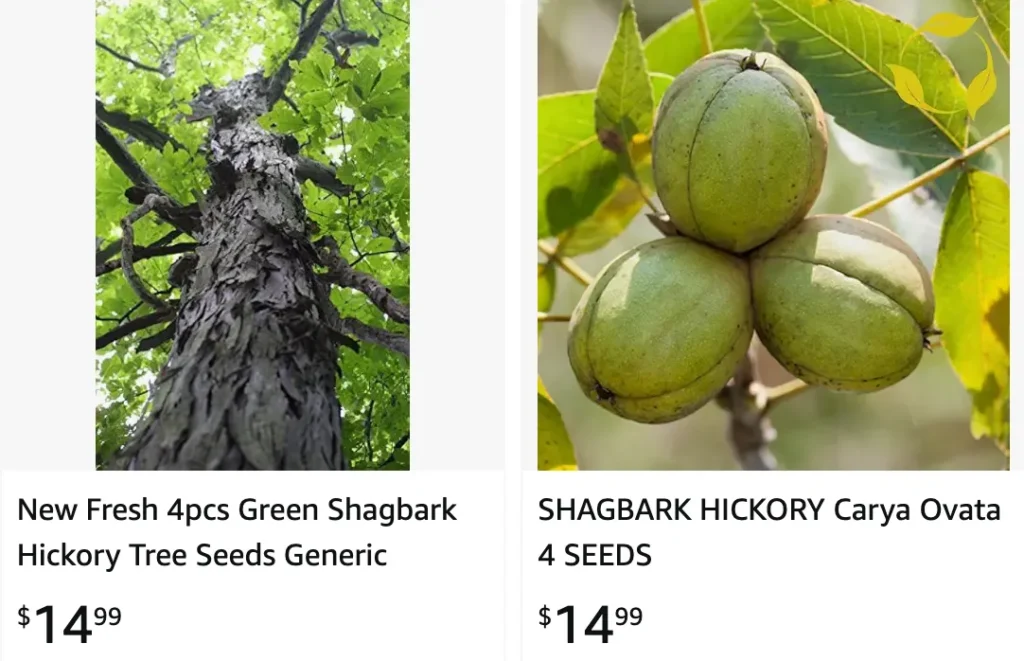
Frequently Asked Questions About the Shagbark Hickory
Hi there, Ferb Vu here! Today, we’re diving into the world of the Shagbark Hickory (Carya Ovata), a magnificent tree native to eastern North America. Renowned for its striking bark and delicious nuts, the Shagbark Hickory is a true titan of the woodlands.
Whether you’re a seasoned gardener or simply curious about this iconic tree, this FAQ is here to answer your burning questions.
28 Species in Genus Carya
What is Carya Ovata?
Carya Ovata – The Shagbark Hickory is a large, deciduous tree belonging to the hickory family (Juglandaceae). Towering over 100 feet (30 meters) tall, it boasts a majestic presence in landscapes. Its most recognizable feature is its namesake bark – a grayish-brown layer that flakes off in long, shaggy plates. This unique characteristic takes years to develop, typically appearing after two decades.
Beyond its impressive stature, the Shagbark Hickory produces prized nuts. Encased in a tough husk, the kernel itself is a delicious treat, rich in protein and healthy fats.
Carya Ovata vs Carya Cordiformis
I’ve found Carya Ovata, or Shagbark Hickory, to be a standout with its distinctive, peeling bark and larger, thicker leaves, while Carya Cordiformis, or Bitternut Hickory, has a more slender form and a bark that isn’t as striking, making the former more visually intriguing to me.
Carya Ovata vs Laciniosa
Between Carya Ovata and Carya Laciniosa, I appreciate the rugged charm of the Shagbark Hickory more, especially with its unique shaggy bark, whereas the Shellbark Hickory, with its more intricate and finer bark, doesn’t catch my eye in quite the same way but still has its own subtle appeal.
How Do I Care for a Shagbark Hickory?
Planting a Shagbark Hickory in your yard is a rewarding experience, but it requires patience. Here’s how to ensure your Shagbark Hickory thrives:
- Light: Shagbark Hickories prefer full sun, although they can tolerate some light shade in their younger years.
- Soil: Well-drained, fertile soil is key. The tree struggles in soggy conditions.
- Watering: Deep watering is essential, especially during the first few years after planting. Once established, they are moderately drought-tolerant.
- Fertilizing: Young trees benefit from a balanced fertilizer applied in early spring. Mature trees typically don’t require additional feeding.
- Pruning: Prune young trees to develop a strong central leader. However, extensive pruning on mature trees is not recommended.
Remember: Shagbark Hickories are slow-growing trees. Be patient and provide them with the right care, and you’ll be rewarded with a majestic addition to your landscape for generations to come.
How Do I Propagate a Shagbark Hickory?
Propagating a Shagbark Hickory can be a fun challenge. Here are two methods:
- Seed Propagation: The most common method. Collect mature nuts in the fall and stratify them (expose them to cold temperatures) for several months before planting. Germination can be slow and erratic, so patience is key.
- Grafting: This method is more advanced but offers a faster way to establish a new tree. Grafting a Shagbark Hickory scion (a shoot) onto a compatible rootstock like another hickory species can increase your chances of success.
Pro Tip: Regardless of the method you choose, consult a local nursery or arborist for specific guidance on propagating Shagbark Hickories in your region.
What Can I Plant with a Shagbark Hickory?
Shagbark Hickories are excellent companions for many native plants. Here are some ideas:
- Spring-flowering ephemerals: Daffodils, Virginia bluebells, and trout lilies add a burst of color in early spring before the Shagbark Hickory leafs out.
- Shade-tolerant perennials: Hostas, ferns, and coralbells provide year-round groundcover and visual interest beneath the tree’s canopy.
- Native shrubs: Dogwoods, viburnums, and witch hazels create a layered effect and attract pollinators.
Important Note: Avoid planting shallow-rooted plants directly beneath the Shagbark Hickory’s extensive root system. Opt for shade-loving groundcovers that can thrive in competition for water and nutrients.
Interesting Facts About the Shagbark Hickory
The Shagbark Hickory holds a special place in North American ecology and culture. Here are some fascinating tidbits:
- Food Source: The Shagbark Hickory’s nuts are a vital food source for wildlife like squirrels, raccoons, and white-tailed deer.
- Indigenous Uses: Indigenous peoples in North America used Shagbark Hickory wood for tool handles, bows, and other implements. The nuts were also a staple food source.
- Hardwood Lumber: The Shagbark Hickory’s strong, dense wood is prized in furniture making and other woodworking applications.
With its majestic stature, delicious nuts, and rich ecological significance, the Shagbark Hickory is a true gem of the North American landscape. By planting and caring for these trees, we can ensure their continued presence for generations to come.
If i die, water my plants!
